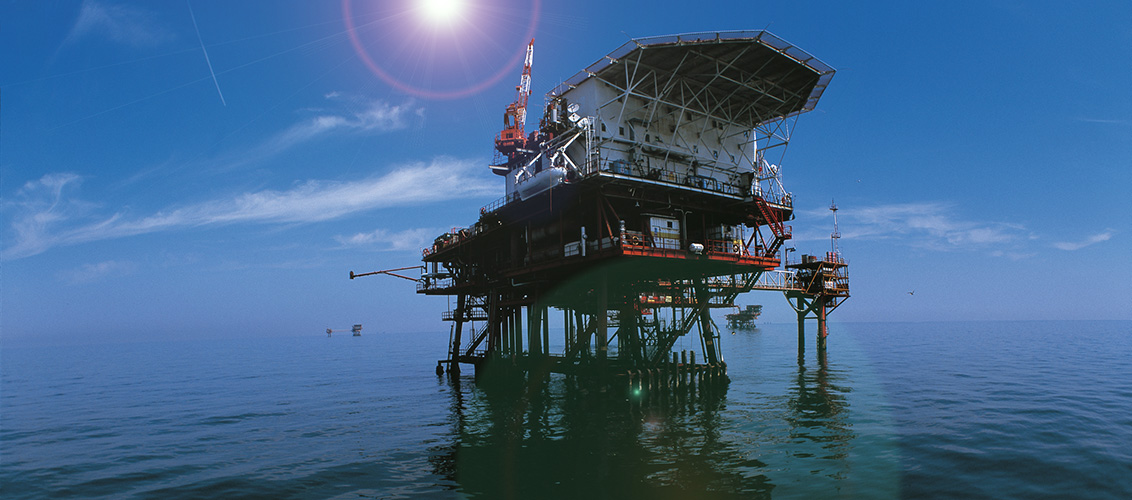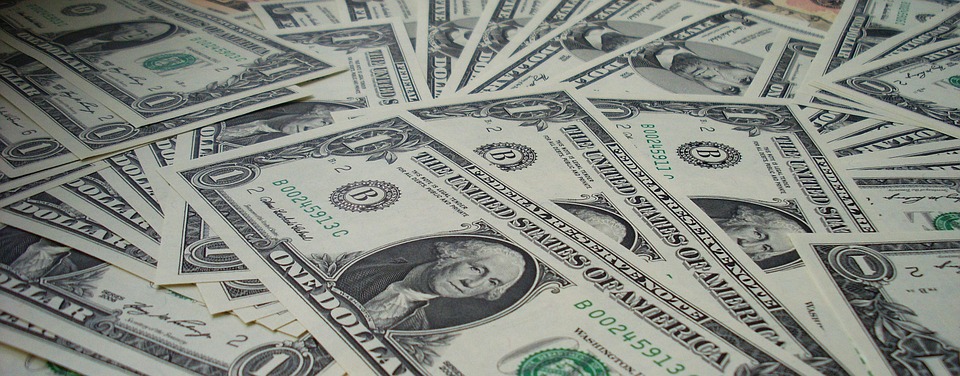By: Moslem Ali
Cairo - Mubasher: The European Bank for Reconstruction and Development (EBRD) has recently made the biggest single commitment in its history to renewable energy in one country to finance projects in Egypt.
The bank’s board approved to commit up to $500 million, after the EBRD and the Green Climate Fund (GCF) teamed up to provide a major contribution to renewable energy projects in Egypt.
The GCF is making a contribution of nearly $155 million, with additional financing from sponsors and other co-financiers bringing the total investment in new private renewable energy generation in Egypt to $1 billion.
In an interview with Mubasher, the director of power and energy utilities at EBRD, Harry Boyd-Carpenter, explained to us the motives behind the historic decision by his organisation, and the outlook for renewable energy in Egypt.
In the beginning, the energy director indicated that this is the biggest single commitment his organisation has ever made to any country in renewable energy, in terms of both funds and generated capacity.
He said that the only comparable contribution by the EBRD would be that to Poland, where in the last five years it financed a lot of investments in wind energy.
Why Egypt?
We asked the energy director the question why Egypt, and why now, to which he answered by pointing to the fantastic resources Egypt has, saying that it is not only sunny in Egypt most of the year, but also that solar power is a space-intensive form of generating energy that needs huge areas of land, and “Egypt has large unpopulated lands, especially in the desert, which is something that not all countries enjoy.”
The happy combination
“Egypt historically, apart from the Aswan High Dam, has been almost entirely dependent on gas and oil, but this is changing now, due to the magnificent renewable resources the country enjoys, alongside the change in clean energy prices globally,” the energy director stressed, noting that Egypt is benefiting from a combination of factors on both the local and international levels that are giving a great boost to solar energy and renewables in the country.
Aswan a new capital for solar energy in Egypt
Mr. Boyd-Carpenter indicated that the $500 million the EBRD is providing will not all be used this year, but around $380 million will be provided for financing current projects in Egypt, especially the Benban solar complex in Aswan.
“The project in Aswan is incredible, as it spans across 37 square kilometers in the desert, and it will be the largest solar plant in the Middle East and Africa, and one of the biggest in the world," Boyd-Carpenter added in a Skype interview with Mubasher.
It is worth noting that ideally Aswan is in one of the sunniest regions in Egypt and the whole world, with sunshine lasting for nearly half of the day, averaging nearly 3,900 hours per year.
“The focus on this project is driven by the Egyptian government’s decision to take into consideration the scale of these projects, with the need to evacuate power and install high voltage lines, so these plants cannot just be built anywhere, and I think what the Egyptian government has decided to do is to concentrate this first wave of development on one site, where they know they have the infrastructure and that they can concentrate the resources,” he noted.

The rise of solar energy
When asked about other factors that are helping Egypt in raising the contribution of renewables to the energy sector, Boyd-Carpenter explained that technology is definitely improving, with another factor being the massive investments in manufacturing capacities, particularly in China, as we can see that the solar panels industry has grown enormously in the last two years.
“We now have huge solar plants in China, capable of driving the cost down dramatically, and everybody is optimising the value chain. In every part of the process - not just the panels, but also the way the plants are designed, the inverters, the transformers, and the civil works - people have been finding improvements, which has resulted in a massive reduction in the cost of solar panels. The same goes for wind energy, which is also getting much cheaper,” he noted.
“Solar energy is still quite a young industry, especially if you compare it to thermal generation, as people have been using steam turbines for the last two centuries since the Industrial Revolution, while solar panels have been around for only 20 to 30 years, so inevitably, any technology in its early stages has much greater opportunities for improving,” Boyd-Carpenter further explained.
Unleashing Egypt’s unlimited potential
“We already funded 100 megawatts (MW), and we hope that by the end of the year we would have reached 750 MW, but the potential is enormous, thousands of megawatts, because of the great resources,” Boyd-Carpenter stated.
Boyd-Carpenter also stressed that it is not just about the 100 MWs that the EBRD just financed, or the 750 MW that they hope to finance, but that it is rather about the 10,000 MW (10 GW) that Egypt is aiming to achieve in the next five years.
Egypt aims at producing 20% of the country’s electricity from renewables by 2022, according to the strategy of the Supreme Council of Energy, which also targets raising the level to 37% by 2035.
Climate policies changing the energy mix
The power and energy director also clarified that right now, Egypt gets almost 92% of its electricity from gas and oil, which is a very high dependency rate, especially as now all countries are committed to limiting greenhouse gas emissions, specifically with a country like Egypt that is more vulnerable than most when it comes to the effects of climate change.
Egypt has recently deposited the instrument of ratification of the Paris Agreement.
However, Boyd-Carpenter believes that there will always be a role for natural gas in the power system in Egypt at least for the foreseeable future.
“It is a reliable source of power, as unlike solar you can burn gas at night,” also taking into consideration the recent mega discoveries in the Mediterranean, led by the Zohr gas field, Boyd-Carpenter added that natural gas that is not required to generate electricity can also be exported or directed towards petrochemical industries.

Picking up the pace in renovating the energy sector
Is the Egyptian renewable energy programme moving slowly was the question, to which Boyd-Carpenter said that it is normal for such plans and strategies to take time to be implemented, as these are not easy programmes to put in place.
“This programme was only introduced in 2014, so we cannot say that the progress Egypt is making in renewable energy is slow, as there are a lot of details and steps to go through.”
“By international standards, three years is not a long time. These things take time in order to build confidence in a market and develop the regulatory framework where all the details work properly.
“Jordan has a success story, as they became a model in the region, and they took approximately the same amount of time. The same goes for other countries across the globe, as in Britain, my country, where the government restructured the electricity sector for renewables in a process that took years as well,” he explained.
Economic challenges and taking the right steps
Speaking about the macroeconomic context, Boyd-Carpenter said that there were concerns about currency convertibility, referring to the difficulties in converting the Egyptian pound to foreign currencies and especially the US dollar, prior to the Central Bank of Egypt’s (CBE) decision to free the exchange rate of the EGP in November 2016.
“Investors can model currency movement and fluctuations, but they cannot handle not being able to transfer the currency,” he explained.
“The currency floatation made a huge positive difference in terms of investors’ confidence, despite that the EGP devaluation had negative consequences for many Egyptians, which is clearly an issue.”
“Devaluation reduced the cost and the value of the solar energy tariff in terms of US dollars, but what is more important is that now investors know that if they invest in Egypt, they can get their dollars out. “Revenues may be lower than expected due to the currency devaluation, but they can manage that, as long as they are still able to transfer their money,” Boyd-Carpenter clarified.

The high interest rates and the challenging cost of financing
According to Boyd-Carpenter, the interest rate is a more fundamental issue, as EGP interest rates are currently very high, but the EBRD is actually offering finances in USD, as interest rates are much lower and long-term loans are provided at a historically cheap interest rate.
“The problem remains that the Egyptian consumer pays for his electricity in EGP, but on the other hand, you have to pay for these projects in foreign currency. However, on the long-term, we would like to see the development of a much deeper market for EGP funding, for the whole economy in general, and not just renewable energy, but that is going to take time,” he added.
“We are working with the government to find the framework that will allow for longer term funding at cheaper rates.”
The director also noted that there is a constant dialogue between the EBRD and the Egyptian government and institutions, adding that talks have been extremely impressive.
“It is true that the situation is not perfect, as providing finances in the local currency is challenged by the EGP fluctuations, as well as the interest rates,” Boyd-Carpenter indicated.
Partners from around the world
“The EBRD is really committed to supporting Egypt, but we cannot do everything on our own. We need our co-financers, such as the Green Climate Fund (GCF) and the International Finance Corporation (IFC),” Boyd-Carpenter stated.
The director of power and energy at EBRD revealed that the first two projects that were signed have co-financing from Proparco, and in the upcoming projects, the EBRD has other partners as well, such as the Green Climate Fund (GCF), Islamic Development Bank (IDB), Islamic Corporation for the Development of the Private Sector (ICD), and the Dutch Development Bank (FMO).
"We also hope to do some projects with the Industrial and Commercial Bank of China (ICBC)," he added.
According to the Green Climate Fund (GCF), this is also the biggest contribution in their history to renewable energy projects in one country.
The Green Climate Fund was established in 2010 to finance climate change projects and programmes that help developing countries adapt to climate impacts and reduce greenhouse gas emissions. It is the largest global fund with the ability to leverage the private sector in tackling climate change.
On the other hand, the EBRD was created in 1991 to support eastern European countries in making the transition to open-market economies, and according to its official website, it has been investing in the southern and eastern Mediterranean region since 2012.
The President of EBRD, Sir Suma Chakrabarti previously said that climate finance is crucial to his institution’s strategy, as they aim at dedicating 40% of their annual investments to green economy by 2020, as per the EBRD’s Green Economy Transition policy, which was launched back in 2015.



